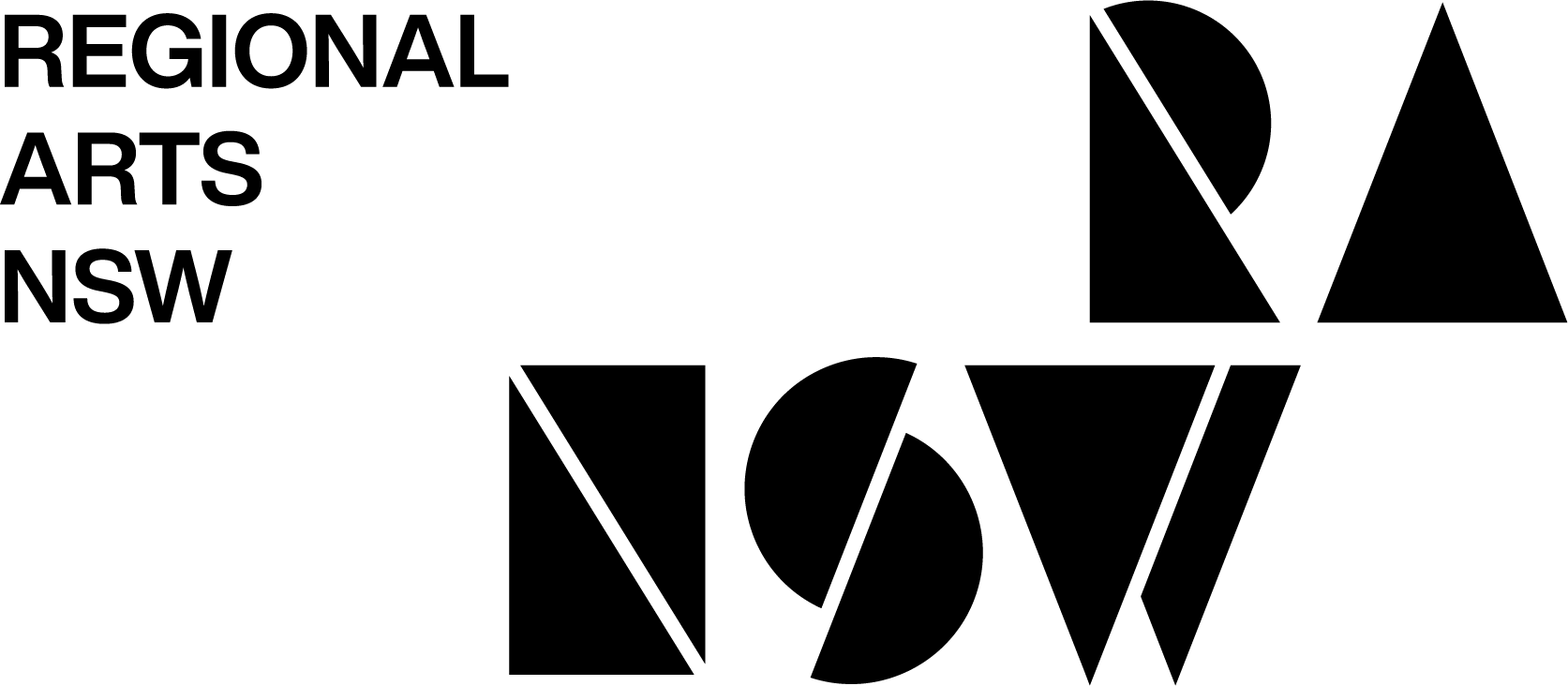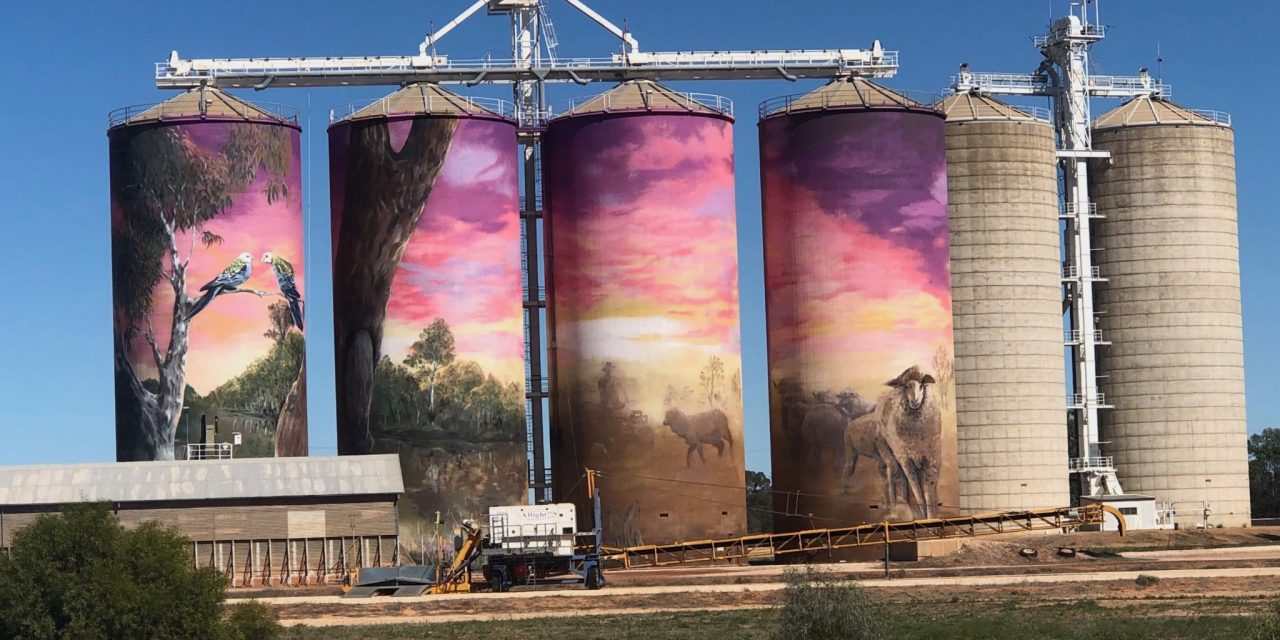In a recent report by the Griffith Business School, Dr Amelia Green and Professor Scott Weaven the results from 1,100 responses to the first national silo art survey have been compiled and assessed to examine the economic and wellbeing effects of silo art in regional towns.
The Australian Silo Art and Wellbeing report found that silo art alone will not automatically save local economies and long-term plans for activating and developing both the site and town should be in place. This finding was based on survey responses focusing on the experiences and perceptions of visitors, residents and local business owners.
64% of local business owners reported that silo art did indeed bring an increase in visitors to the town, however only 47% said that it had a noticeable positive impact overall on the businesses in their town.
Dr Green says while the report confirms that silo art consistently attracts visitors, the extent to which it directly stimulates local economies and individual businesses varies widely across each of Australia’s silo art sites.
“Whether an individual business benefits from silo art visitors depends on many factors such as where the business is located within the town, if other businesses are closer to the silo art site and if the business offers facilities like toilets,” Dr Green said.
The report recommends that silo art towns provide up-to-date online information about the art, local businesses and opening hours to assist visitor’s trip planning. Benefits for visitors include expanding arts engagement, inspiring arts participation, positive re discovery of Australian art, culture, history and towns, and positive emotions stimulated by opportunities to give back to struggling rural and regional communities in small yet symbolic ways.
When it comes to social impacts, the report found silo art benefits local communities by stimulating happiness through enjoyable interactions with high quality art (according to 70% of all resident participants), beautification of the everyday environment (72%) and reinforced or increased town pride (65%).

